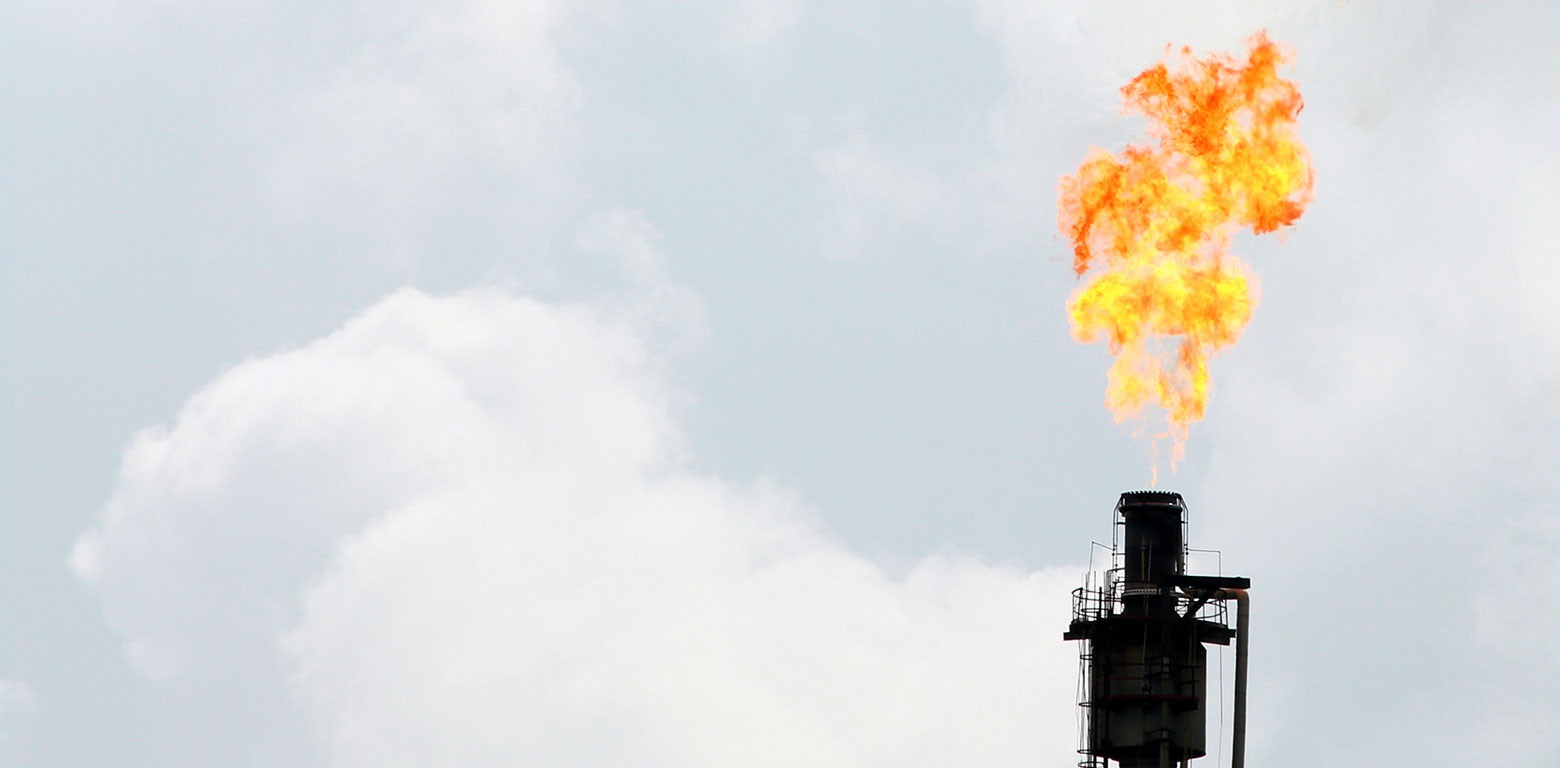More reliable models of toxic gas emissions
FOI has produced new data for calculating how toxic gases disperse through the air. A recent report describes how the results provide better estimates in the event of accidents or fire.

Photo: Aishhire/Wikimedia Commons
During an accident, such as a leak from a factory, volatile and highly toxic chemicals can form gas clouds. These may be transported long distances by the wind before they are diluted and rendered harmless. But how large an area is covered by the cloud? What concentrations remain after four or eight hours? How dangerous are they for the population? Providing answers to these questions requires so-called dispersion models.
“FOI has a variety of models that describe how harmful such gases are for people, how the gas cloud spreads and which areas might be affected, depending on the weather conditions. The models estimate the effect of the chemicals after an accident or a fire, for example,” says Sofia Jonasson, senior scientist in the CBRN Defence and Security Division, in Umeå.
The dispersion models have thus been used to analyse the consequences of not only large-scale industrial emissions, but also smoke from fires and chemical warfare agents (for example chlorine gas used in Syria).
Four new chemicals
Sofia Jonasson and her colleagues have now improved the data used in the modelling, both in terms of the risk of life-threatening effects for the general population and the size of the area that should be evacuated.
“We have also included data for four additional chemicals that are common in fires,” says Sofia Jonasson.
Improvements are needed to ensure more reliable predictions. One of the difficulties with the mathematical models for toxic gases is that there are no exact data for the negative health effects on individuals when they are exposed to chemicals. Much of the data comes from animal studies, where various safety factors are used to scale the results from animals to humans. Delayed health effects are equally problematic in this regard.
“Ironically, it’s simpler to measure serious, or life-threatening, injuries, while there is insufficient data for milder and moderately difficult effects. We have now compared two different international methods to produce better estimates,” says Sofia Jonasson.
These methods are scientifically-based. With their help, the researchers have developed, among other things, risk area assessments for different dispersion scenarios of up to eight hours of exposure, from the previous four.
